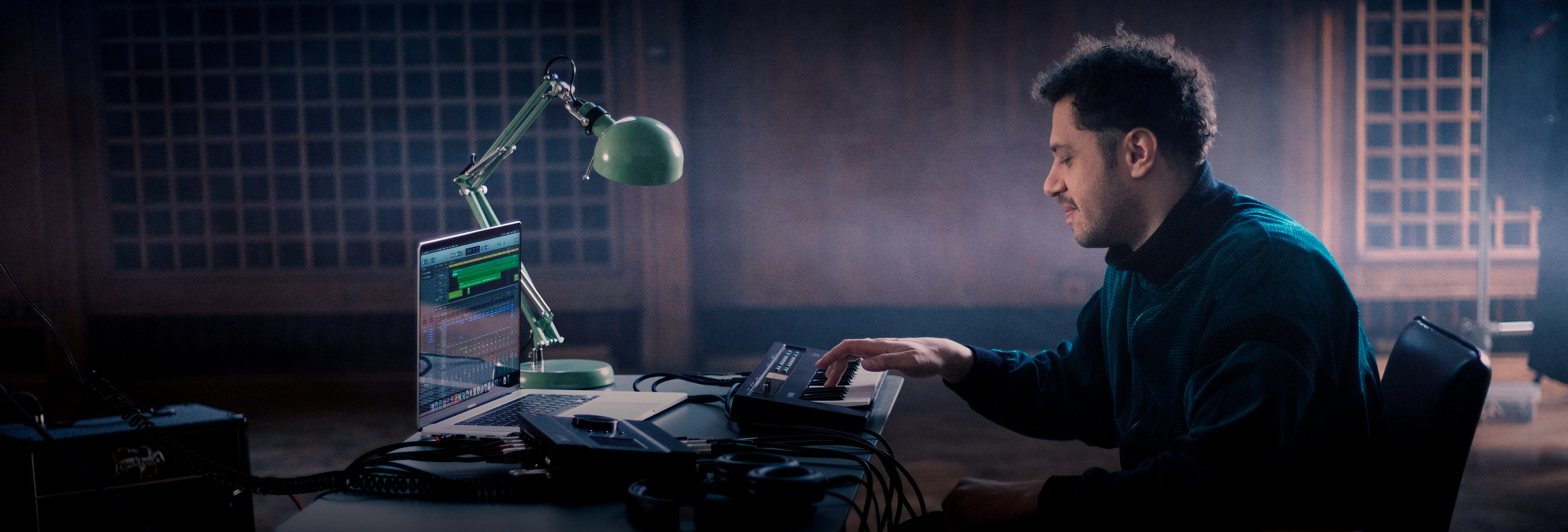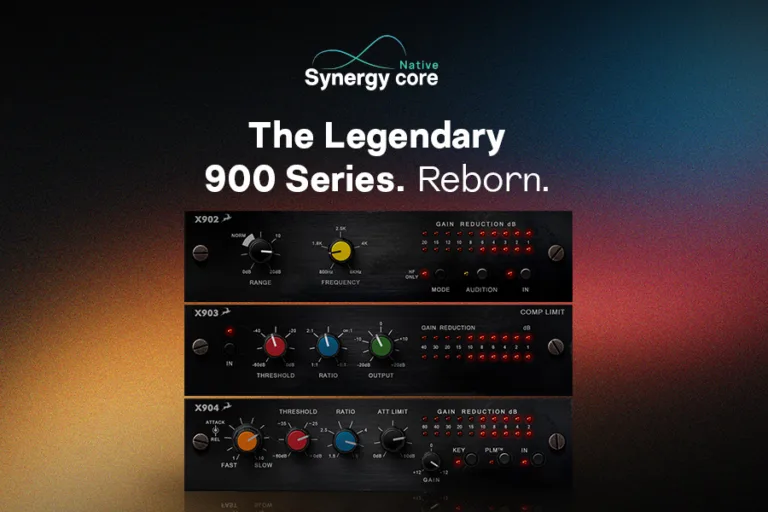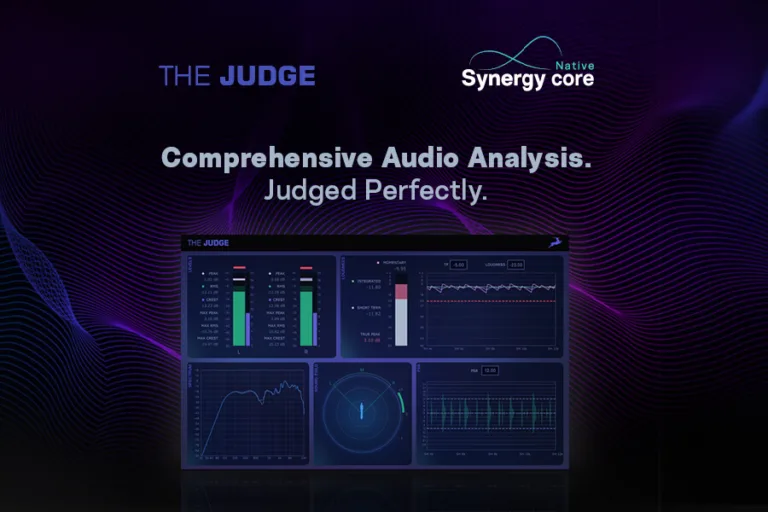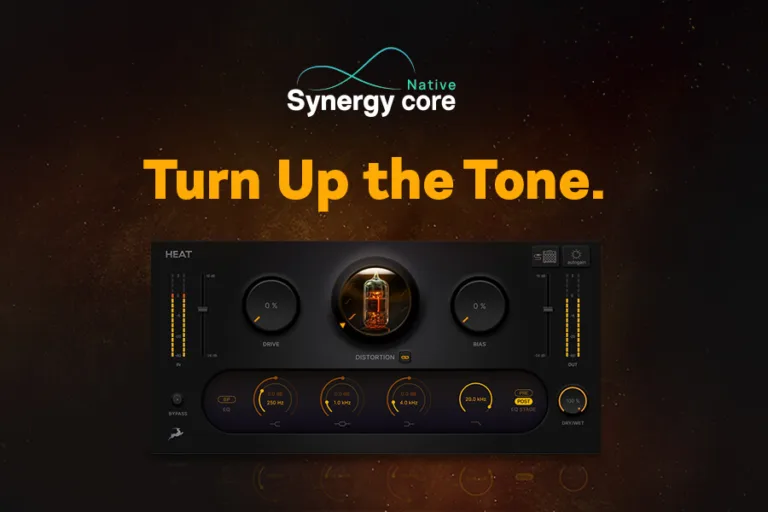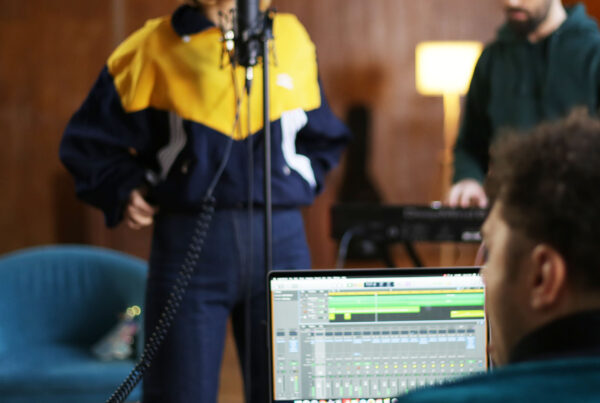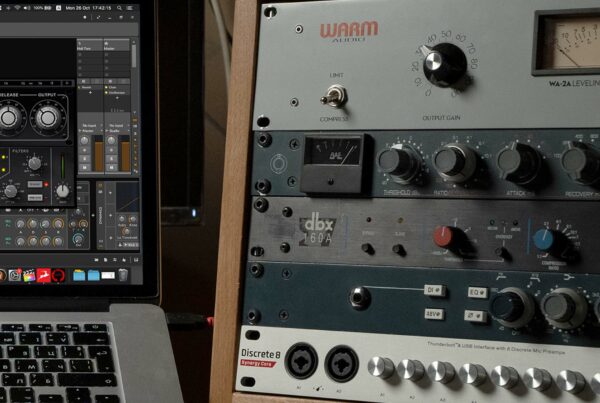No matter what genre of music you produce, each piece of audio on your computer exists as an individual file somewhere in its storage. It comes as expected that the more you produce, the more files you amass, and, before long, your storage drive is a manifestation of universal chaos. No amount of museum-like manual curation seems to help much, yet shifting files and folders around sure takes sweet time and energy away from producing.
The problem is especially apparent when you lean heavily on sampling. The limitless wealth of content that’s available to modern producers is as welcome as it is overwhelming. Once a good few hundred gigabytes of the stuff lands on your hard drive, sample hunting becomes the dreaded needle-in-a-haystack experience and file management may feel like a full-time job (but you’re not getting paid). If you made it big somehow, literally hiring an assistant to help out is a solid decision – you’re basically buying time. But if you aren’t quite there yet, then you are on your own.
Thankfully, housekeeping for muzos has gotten more than a little easier nowadays. Modern DAWs have evolved into reasonably functional content browsers with handy tagging and preview facilities. Fast SSDs make manual data juggling happen a lot faster. File management software for audio, such as BaseHead or AudioFinder, is better than ever. Sample delivery services, such as LoopCloud and ADSR, are practical powerhouses with plenty of room to grow. But the real game-changer for taming your lavish kick sample collection turns out to be AI. Algorithmic software, such as Atlas 2, is a legitimate helping hand when one’s needed. What’s more, the technology is still nascent, with numerous advances left to be made.
In this article, we’ll shed some light on mindful practices and helpful software for audio file management. Hopefully, you will end up catching some genuinely useful advice.
1. Stop not missing out

Before we get to the fun stuff (it’s coming, we promise), let’s talk about the fear of missing out (FOMO). In our experience, FOMO is probably the biggest culprit in most audio excess issues. You don’t need 40 individual 808 cowbell libraries on top of multi-samples from all the drum machines, ever. You also don’t need to click Subscribe and download all the sample packs that have “FREE!” written in big, bold letters. Those will probably gather digital dust on your drive for months and years, and even if they eventually come in handy, chances are they won’t make or break your productions. There are countless ways to stand out, imitate lost sounds, mangle available ones, and make stuff from scratch before reaching for whatever sample fodder is being given away this week.
We’re not saying you should rm -rf all your samples forever, mind you. Rather, we propose the trite, utterly cliched, and totally functional 20/80 rule (a.k.a. the Pareto principle). Save the finest, rarest, most unique sounds you got (which probably make up no more than 20% of your collection) and obliterate the rest (or stash it away). How much space did that free up?
2. Resist the temptation

When it comes to the bargain offers which constantly bombard the pro audio space, there are always two ways to look at those before indulging: you either just saved 5 dollars, or you just spent 15 dollars. If it’s mostly the latter (we know your pain…), don’t be mad at yourself, but realize you have some inner work to do. See, it’s okay to feel impulses, triggers, and all that stuff – most of the time, it’s just how brains work. However, you are more than just your brain, and that means it’s not okay to act upon those without much thought. When presented with a bargain, always think things over before making moves. Don’t get lost in your head, but let them simmer for a while, and do what feels right. If that happens to be passing on a seemingly attractive deal, don’t sulk. Rest assured, the next one is right around the corner!
3. Let go

Maybe you don’t do much sampling, but you’re busy with recording sessions and you don’t want (or can’t afford) to lose the material. That’s understandable, but when a project is done, it’s time to make room for new things. Offload the data to another storage space, put a big, beautiful label on it, and kiss it goodbye until it’s time to meet again.
Done projects are easy, but what about the heap of unfinished stuff you have going? A good rule of thumb is to never leave stuff halfway there. If there’s a song somewhere in your musings, take it all the way to the end – and happily bin it when it’s been days and you still think it’s whack. You have the rest of my life to make songs, you’ll surely come up with some better ones. However, if you don’t agree with that mentality (or are yet to adopt it, which doesn’t happen instantly), we have the following advice. Every once in a while, spend as much time as necessary to comb through your unfinished projects, salvage what sounds good to you, and delete/archive the rest.
While this may seem reasonable enough, tastes and criteria tend to change over time. Maybe, a few years down the road, you’ll find yourself haunted by the ghost of an idea you once hated, but now think it’s solid gold! That’s cool. If you can’t recover it from digital storage, pull it from memory and remake it with whatever tools you have available. Perhaps you won’t get it to sound exactly the way you remember, and that’s okay. Try to make it better, but don’t worry about it. If the idea is any good, your fans will be enamored, and they won’t have a clue about what it could have been. I think that’s a much better outcome than not releasing something that’s totally worth hearing, just because it’s not absolutely
100% pure. While such sentiments are valid, they shouldn’t be your sole decision-making guidance. Look from a broader perspective.
4. Structural defense

If you followed our advice so far, you likely reduced your go-to sample collection (and maybe pondered living as a monk in Tibet). At that point, the leaned-out data would make it worthwhile to really structure and step up your file organization. If you are using multiple DAWs, store projects in separate folders that are named accordingly. Heck, make it separate drives (or partitions) if that makes sense. But don’t cram all your projects in one folder (like your desktop, ugh!) – you are only making it hard for yourself.
Sample folders benefit from the same extra maintenance. At the very least, sort them out by type and genre. Any other criteria are up to your preferences – treat yourself but don’t overdo folder hierarchy. Clicking through a long folder tree just to get to a bunch of sounds is plain irritating, and also unnecessary.
When you grab a new sample pack off Splice or whatever, don’t just leave it there and save it for later. Find the time to audition its content and make note of the best sounds in it. Then, restructure the files so that said sounds are easily found, and labeled descriptively.
Hint: make a “Best of” directory, sort samples in folders by type/genre, and use descriptive file names (i.e. “fat 808 kick”, “lit trap snare”) instead of kick 1 to kick ∞. That kind of drab will eventually waste your time. You are much more likely to remember what that one cool sample (out of a giant pool of cool samples) was with a tiny bit of love attached to it. We probably don’t need to say it, but the principle applies to your own recordings and custom sample packs, too.
5. Browsing evolved

Sample delivery services like LoopCloud, ADSR, and Splice are all the rage now for a reason. They serve a wealth of fresh content in an extensively structured manner. But that’s not the only means of enjoying such convenience. If you pull sounds from other sources but also want the cushy browsing experience, you’ll need some software on the side. ADSR is giving its Sample Manager app away for free. Paid options include Soundly, BaseHead, and Atlas 2.
Atlas 2 isn’t just a file browser with waveforms. It’s a legitimate musical tool that identifies your sample library’s contents (via AI-driven audio analysis), organizes it in distinct color spaces, and gives you fairly thorough editing and sequencing tools. So not only there’s a quick and entertaining auditioning process for potentially vast sample libraries, but you also get to start a beat immediately!
The one caveat: Atlas 2 is specifically great at drum samples and comparatively confused by other sounds. But if we already have such awesome tools at our disposal, imagine the not-too-distant future! Just don’t get carried away – there’s music to be made.


